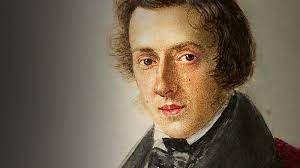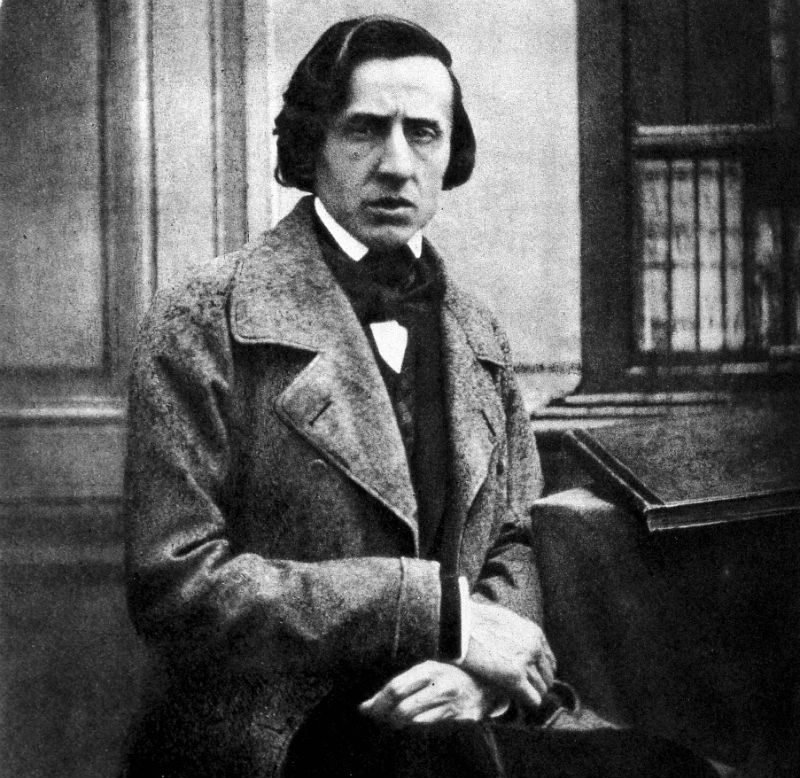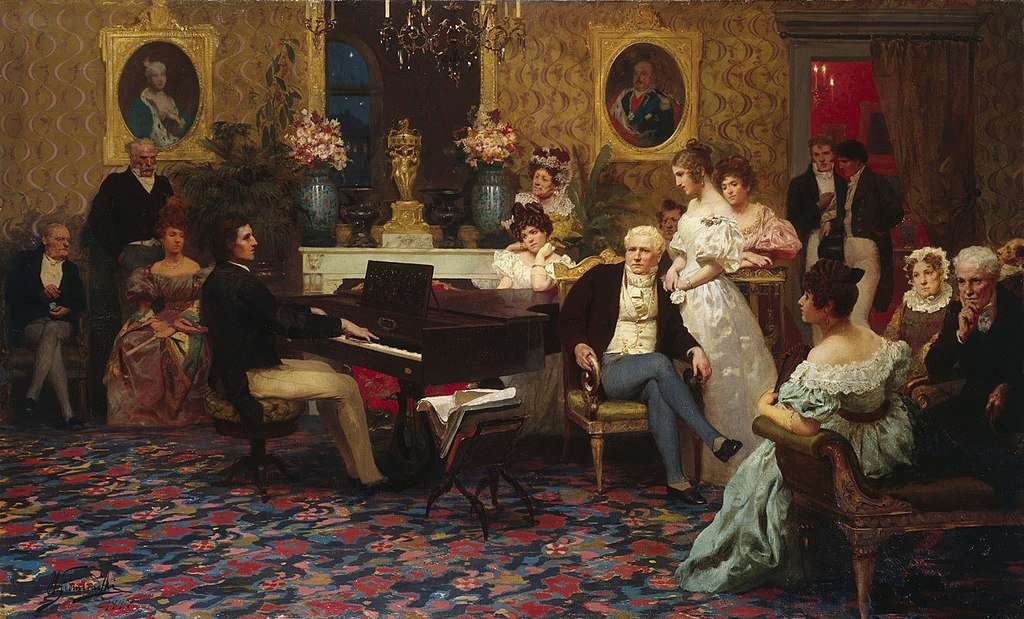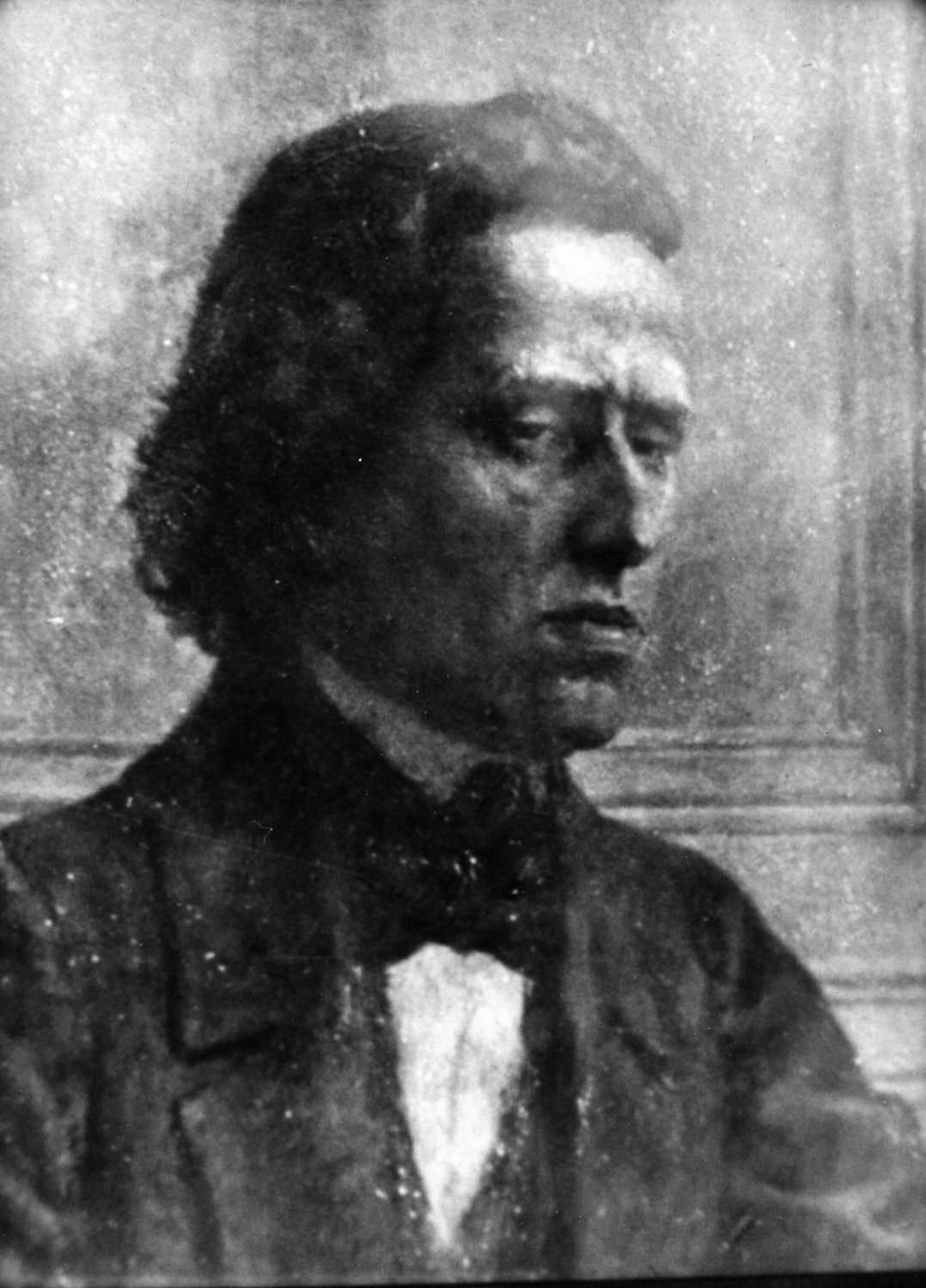I love to listen to Frederic Chopin’s Nocturnes, wonderful pieces of music that are sometimes tender with innocent charm and other times dramatic, striking, complex, often dark, or dreamlike. They are innovative, improvisational, and pure genius. The Nocturnes are some of the greatest musical pieces ever written which stand among the best works of Bach, Mozart, Beethoven, and other giants. They greatly influenced many composers, such as Schumann, Mendelssohn, Liszt, Wagner, Brahms, Tchaikovsky, Debussy, Faure, Greig, Dvorak, Rachmaninoff, and Stravinsky.
My mother was a classical pianist and Chopin was her favorite. I grew up listening to Chopin, developed an intimate bond with his music, and listen to his music today. It is meditative, uplifting, inspirational, and provides a roller coaster ride of emotions – joyful, dramatic, and tender. The music takes you to utter joy and to the depths of despair.
Among very few works of music, Chopin opens the portal into the human soul and a glimpse of the Divine. Chopin touches that part pf your soul where you are most vulnerable.
Frederic Chopin (1810- 1849), a Polish composer whose poetic genius attained worldwide recognition and fame. He is ranked as one of the world’s greatest composers and one of the most prolific. His music has a reputation of being incredibly challenging. His emotional depth placed him above his peers. Chopin said, ”Simplicity is the final achievement.”

At 21, Chopin journeyed to Paris in 1831 to become a celebrated virtuoso pianist and composer. He navigated high society and royal circles, taught music as a living, composed masterpieces, and performed concerts for his growing and adoring fans. Chopin gained influential social, artistic, and musical friends. But the party faded when he became severely ill and he retreated into his music to produce some of the greatest music ever composed. Facing death propelled him to reshape the very essence of music.
Chopin received Rothschild banking family patronage and toured Britain and Germany. He made friends with Franz Liszt, Robert Schuman, Felix Mendelssohn, Hector Berlioz, Heinrich Heine, Eugene Delecroix, and others. He began a famous romantic relationship with female French writer Aurore Dupin (pen name George Sand).
Excellent recordings of Chopin’s Nocturnes are available by numerous pianists. Some of the best are Arthur Rubinstein, Vladimir Horowitz, Vladimir Ashkenazy, Sviatoslav Richter, Glenn Gould, Claudio Arrau, Alfred Brendel, Eveny Kissin, Valentina Lisitsa, Maurizio Pollini, and Lang Lang.
Movies about Chopin are A Song to Remember (1945), Impromptu (1991), and Chopin: a Sonata In Paris (2025). An acclaimed movie with Chopin’s music is The Pianist, 2002.
Nocturne No. 8, Opus 27 No. 2 in D Flat Major
My favorite Nocturne is Number 8, it is very tender with an elegant melody gliding over a subtle tension and has a dramatic dynamic beneath the surface. It has an inherent melancholy which gives the w ork dramatic tension. The piece is simply sublime, perfection, and utterly captivating. The Nocturne, written in 1836, is one of the most popular and frequently performed works of Chopin. Music critics call it masterful, joyful, captivating, powerful, glorious, graceful, and perfection.
Nocturne No.8, Opus 27 No. 2 in D Flat Major, performed by Valentina Lisitsa from the Ukraine and is one of the most frequently viewed musicians on Youtube.
Nocturne No. 2, Opus 9, No. 2 in E Flat
Nocturne No. 2, published in 1832, is Chopin’s most famous and most popular. It is delightful in its sweetness and charm that never fades. On one level it is cheerful and tender; on another level it has a certain sadness that gives it a subtle drama.
Nocturne No. 2, Opus 9, No. 2 in E Flat performed by Arthur Rubinstein (1887-1982), from Poland, is regarded as one of the greatest pianists of all time and as the best interpreter of Chopin’s piano music.

Nocturne No. 12, Opus 37, No. 2 in G Major
Nocturne No. 12, published in 1839, is a wonderful beautiful melody from the start that exhibits a darker side. It is a well-loved piece that is acclaimed as one of the most beautiful melodies that Chopin ever composed. Bewitching and sensual, called an aphrodisiac by many. Robert Schumann said “it is of the nobler kind under which poetic ideality gleams more than transparency; it differs from earlier ones chiefly through greater simplicity of decoration and more quiet grace.”
Nocturne No. 12, Opus 37, No. 2 in G Major performed by Kate Liu, from Singapore, is an award winning pianist.

Nocturne No. 6, Opus 15, No. 3 in G Minor
Nocturne No. 6, published in 1833, is slower, melodic, and complex. It is a melancholy work with a nighttime mood. It has subtle tension and moments of drama. Chopin composed this a day after seeing Shakespeare’s Hamlet on the stage and originally called it “At the Cemetery.”
Nocturne No. 6, Opus 15 No. 3 in G Minor, performed by Sviatoslav Richter (1915-1997), an acclaimed Russian pianist.
Nocturne No. 10, Opus 32. No. 2 in A Flat
Nocturne No. 10, published in 1837, is simplistic, joyful and delightful. It begins as a tender ballad, light and melodic, then transforms into a turbulent and dramatic composition. Chopin used the work in his ballet Les Sylphides.
Nocturne No. 10, Opus 32. No. 2 in A Flat performed by Maurizio Pollini (1942-2024), an Italian pianist and conductor.

Nocturne No. 13, Opus 48 No. 1 in C Minor
Nocturne No. 13, published in 1842, is one of his most well-known and claimed his most noble and greatest emotional achievement. It begins with a slow tempo then builds up into a powerful, dramatic work. It is described as a work of “great powerful grief “ and a “deep anguish of a wounded soul.”
Nocturne No. 13, Opus 48 No. 1 in C Minor performed by Arthur Rubinstein.
Nocturne No. 20 in C-Sharp Minor, Opus Posthumous
Very popular nocturne which Chopin composed in 1830 but was not published until 1875. It has purity and profound beauty. Soft, tender, and subtle melancholy. It was played in the movie The “Pianist”.
Nocturne in C-Sharp Minor Opus Posthumous performed by Lang Lang.
Sources
Listening to Chopin nocturnes for many decades
Album liner notes
Classical F
Classical Café
Gramaphone
Wikipedia
Allmusic
Youtube



